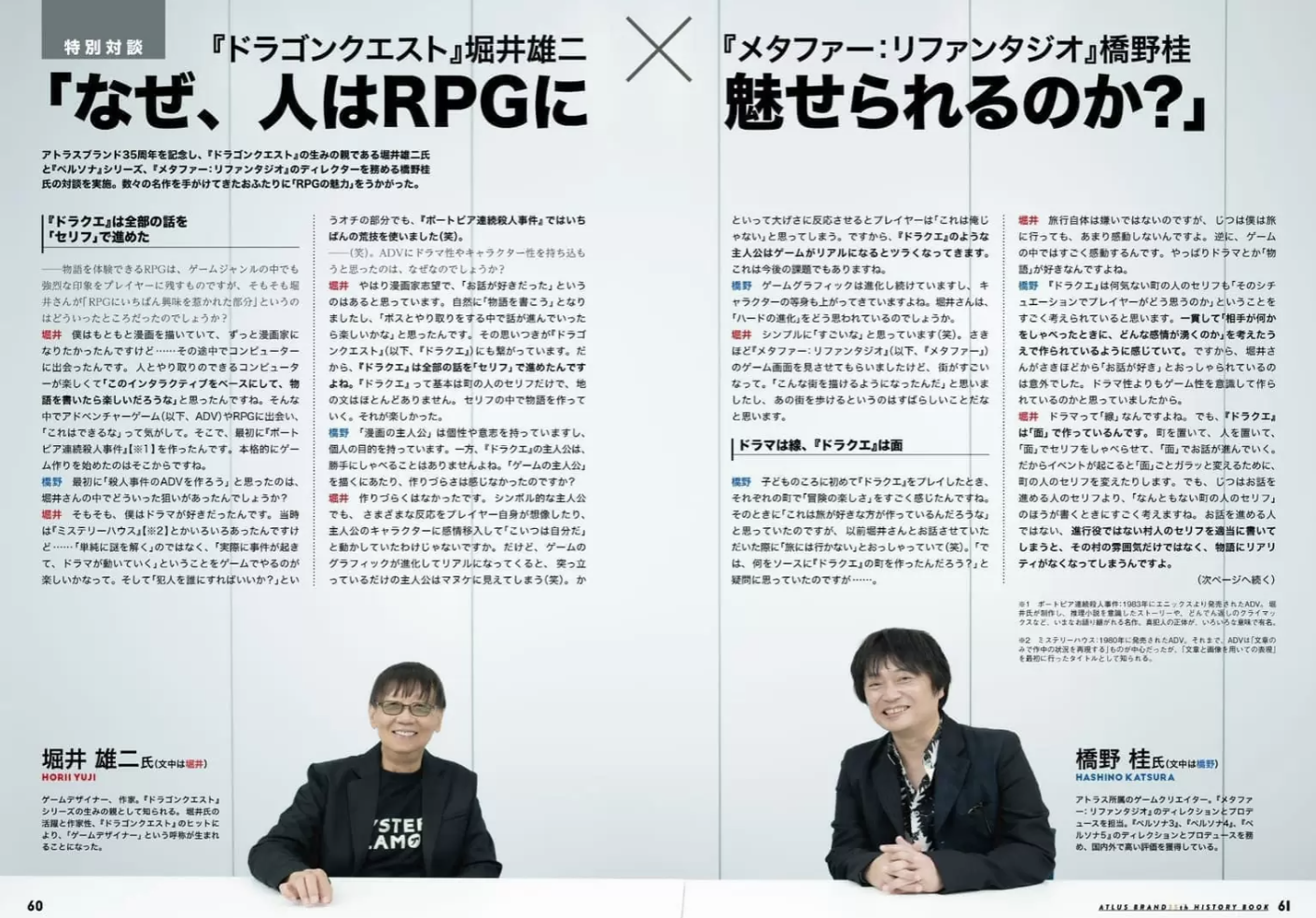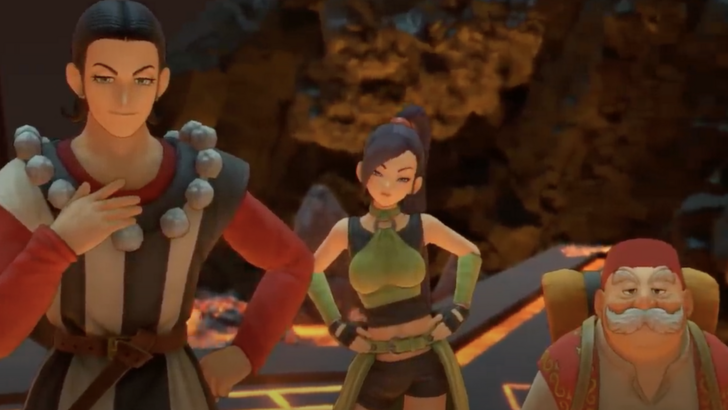Here is the SEO-optimized and content-enhanced version of your article, written for improved readability and alignment with Google search standards while maintaining the original structure, formatting, and placeholder [ttpp]:

Yuji Horii, the legendary creator behind Dragon Quest, and Katsura Hashino, director of Atlus’ Metaphor: ReFantazio, recently shared insights into the evolving role of silent protagonists in modern RPGs. The discussion took place during an interview featured in the “Metaphor: ReFantazio Atlas Brand 35th Anniversary Edition” booklet, where both developers explored how storytelling techniques have shifted alongside advancements in game technology.
The Declining Practicality of Silent Protagonists in Realistic Game Worlds

As graphics become more lifelike and expressive, Yuji Horii noted that silent protagonists—once a staple of classic RPGs—are becoming harder to justify from a design standpoint. He described the iconic Dragon Quest protagonist as a “symbolic character,” designed to help players project themselves into the world by remaining largely non-verbal.
In earlier Dragon Quest titles, this approach worked seamlessly due to the limited graphical fidelity of systems like the NES. Players naturally filled in emotional and expressive gaps with their imagination. However, Horii humorously pointed out that "as game graphics evolve and grow increasingly realistic, if you make a protagonist who just stands there, they will look like an idiot."
His background in manga and narrative storytelling heavily influenced his design philosophy. He explained how Dragon Quest builds its story primarily through dialogue with townspeople, rather than internal narration or vocalized reactions. “Dragon Quest basically consists of dialogue with townspeople, with very little in the way of narration. The story is created using the dialogue. That’s what’s fun about it,” he said.
Yet, he acknowledged that maintaining this style poses increasing challenges in today’s high-definition gaming environment. With advanced facial animations and voice acting becoming standard, the silent protagonist risks appearing disconnected or unnatural. “[That’s why], the type of protagonist featured in Dragon Quest becomes increasingly difficult to depict as games become more realistic. This will be a challenge in the future too,” he concluded.
How Persona and Metaphor Approach Character Expression Differently

While Dragon Quest remains one of the few major RPG series to retain a silent protagonist, other franchises have embraced voiced characters to deepen immersion. Katsura Hashino, whose work on the Persona series introduced fully voiced protagonists starting with Persona 3, praised Horii's ability to craft emotionally resonant experiences without spoken lines.
“I think Dragon Quest puts a lot of thought into how the player will feel in a given situation,” Hashino remarked. “Even when it's to do with a regular townsperson, I feel like the games are consistently created with the player in mind, thinking about what emotions will arise when someone says something.”
Hashino also discussed his own upcoming title, Metaphor: ReFantazio, which features a fully voice-acted protagonist. This choice reflects a broader trend in modern RPG development toward creating deeply personal and narratively rich experiences, where character expression plays a central role in immersion.
Despite differing approaches, both creators emphasized the importance of player empathy and emotional engagement in crafting memorable RPG journeys.

Final Thoughts on the Evolution of RPG Storytelling
The conversation between Yuji Horii and Katsura Hashino highlights the ongoing evolution of RPG design in response to technological progress and changing player expectations. While silent protagonists once offered a powerful tool for immersion, modern advancements in visuals, animation, and voice acting are reshaping how developers approach character identity and player connection.
Whether through a symbolic, silent figure or a fully voiced and expressive lead, the goal remains the same: to create a compelling, emotionally engaging experience that resonates with players long after the credits roll.
[ttpp]







